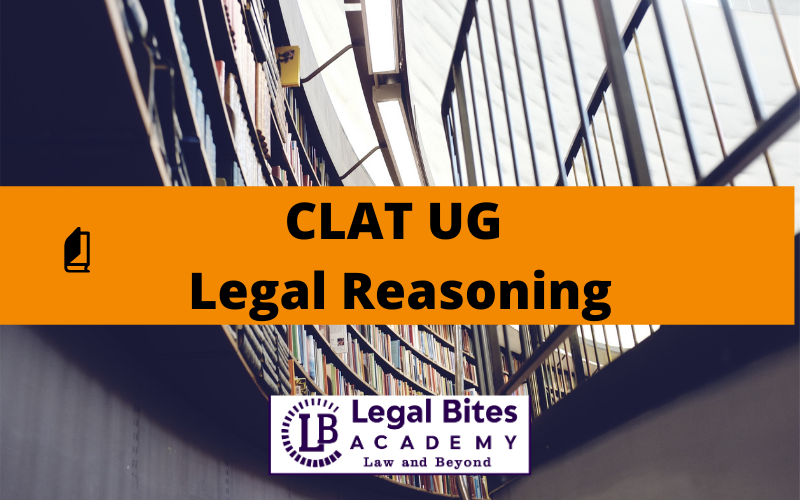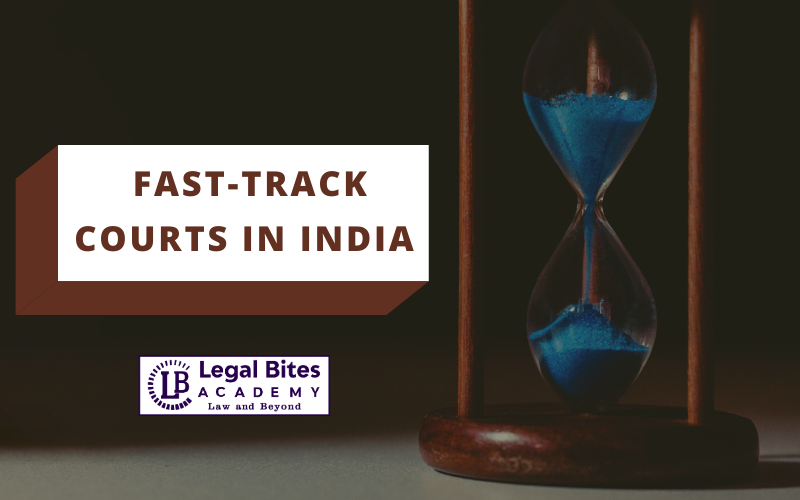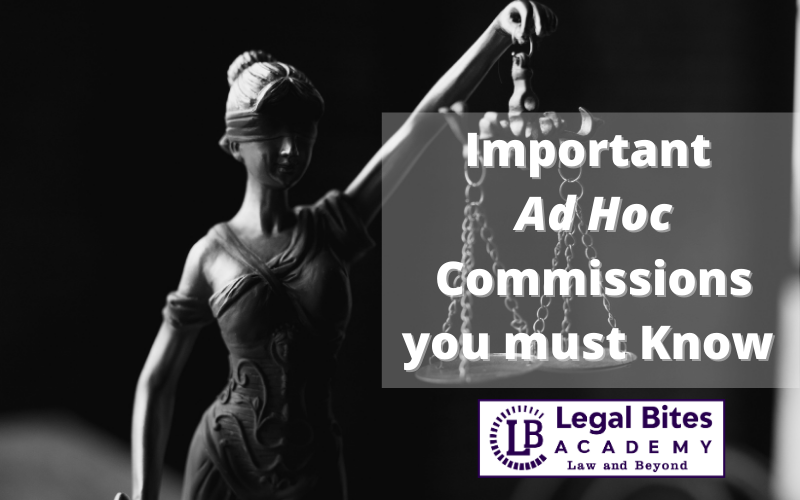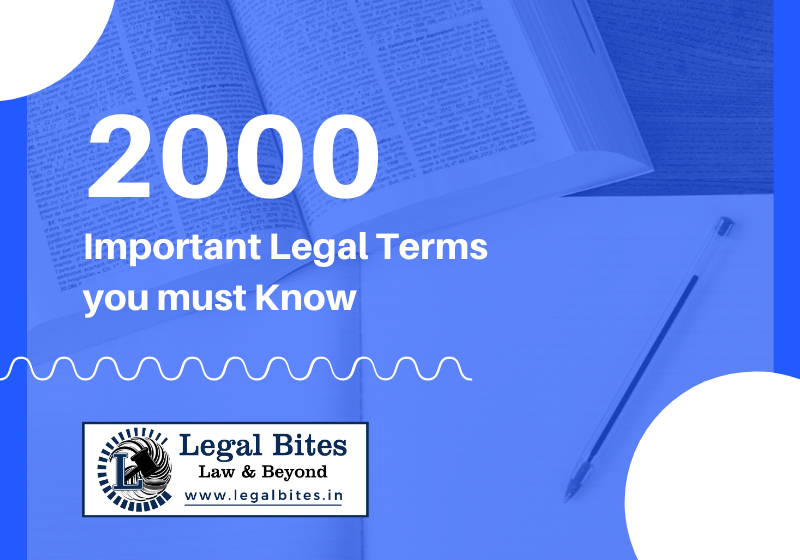How to approach Legal Reasoning questions for CLAT UG Entrance
The right approach towards Legal Reasoning How to approach Legal Reasoning? The most sought-after question for CLAT aspirants since it is one of the most important sections which covers weightage in the marking of the paper. Attempting this section also becomes a bit tricky since most of the schools do not cover legal studies in their curriculum… Read More »
;
The right approach towards Legal Reasoning How to approach Legal Reasoning? The most sought-after question for CLAT aspirants since it is one of the most important sections which covers weightage in the marking of the paper. Attempting this section also becomes a bit tricky since most of the schools do not cover legal studies in their curriculum which is why students appearing for CLAT face legal reasoning for the first time. The main aim of the consortium is not to test the knowledge of...
The right approach towards Legal Reasoning
How to approach Legal Reasoning?
The most sought-after question for CLAT aspirants since it is one of the most important sections which covers weightage in the marking of the paper. Attempting this section also becomes a bit tricky since most of the schools do not cover legal studies in their curriculum which is why students appearing for CLAT face legal reasoning for the first time.
The main aim of the consortium is not to test the knowledge of the law but to evaluate the comprehension and application aptitude of the candidate which is required in the field of legal education. Given below are a few pointers which are required to attempt legal reasoning the right way.
How to approach Legal Reasoning questions for CLAT UG Entrance 2021
- One of the biggest differences in the pattern of the Legal Reasoning section of the UG CLAT 2021 over previous years is that the principle and facts will not be supplied separately to you – as such, the first thing you should do is read through the passage carefully, and identify the principles set out in it.
- Once you have done this, read through each question carefully to see if it relates to the same facts as are set out in the passage, or a separate set of facts, or, perhaps, the facts set out in the passage with some alterations.
- Now that you have both, the principle and the facts identified, try and break down the principle into smaller parts – for example, a principle may say “A person who operates a drone at a height in excess of 500 feet in a public place is guilty of the nuisance.” In such a case, you should be able to identify the three requirements set out in the principle for nuisance – firstly, that the person in question should have been operating the drone, secondly, that that person should have operated the drone at a height in excess of 500 feet, and thirdly, that this should have occurred in a public place. Only if all three parts of this principle are satisfied by the facts can you assume that a person is guilty of a nuisance.
- When breaking a principle down into its parts, be careful to pay close attention to what we call ‘OR’ and ‘AND’ conditions – the example we saw above had ‘AND’ conditions, that is, all three parts must be satisfied for a person to be held guilty of nuisance. On the other hand, if the principle were worded as follows: “A person who operates a drone at a height in excess of 500 feet or in a public place is guilty of nuisance.”, you would have one AND’ condition, and one ‘OR’ condition. In this situation, for a person to be held guilty of nuisance, the following conditions must be satisfied: they should have been operating the drone, AND, such operation should be at a height in excess of 500 feet OR in a public place. These small changes would result in a big change in the outcome – in the first case, a person operating a drone at a height of 300 feet in a public place would not have been guilty of nuisance, but in the second case, that person would have been guilty of a nuisance.
- As you can see from the above, small changes to the wording of a principle can make a big difference to the outcome of a question. Similarly, small tweaks to the facts can also have a big impact on the outcome of a question. Suppose you are working on a question that has either of the principles above, and the facts state: “Rahul takes his drone to a public market, where he meets his friend Sheela. Sheela asks Rahul if she can fly the drone for a little while, and he agrees. Sheela then takes the drone and flies it to a height of 600 feet above the market, so she can get a panoramic shot of the market. Is Rahul guilty of nuisance?” While your first instinct, in this case, may be to say ‘Yes!’, slow down – the question asks if Rahul is guilty of nuisance, but the facts tell us that Sheela was flying, that is, operating the drone – therefore, Rahul cannot be held guilty of nuisance. It would, of course, have been a different matter altogether if the question asked whether Sheela was guilty of nuisance.
- A passage may have more than one principle, and more than one set of incidents – in some instances, the questions may ask you to apply the same principle to different fact situations, whereas in others, each question may relate to a different principle and fact situation – so make sure you pay close attention to each question, determine which principle and facts have been called into question, and only then attempt the answer.
- Finally, bear in mind that the question setters do not expect that you are a lawyer before you even go to law school! As such, it is important you do not try to apply any pre-existing knowledge of laws that you may have to the questions in this section – very often, the question setters will tweak a principle of law here and there, with the result that the outcome may be very different from what you may know about some actual law in the ‘real’ world. While you would be expected to have some basic knowledge of law, this is only at the level of a responsible citizen and member of our society – you should be careful not to let any external knowledge or information you may have crept into your analysis of the principles and facts supplied to you in the question.
Source: Official Website – Consortium of National Law Universities, Available Here




